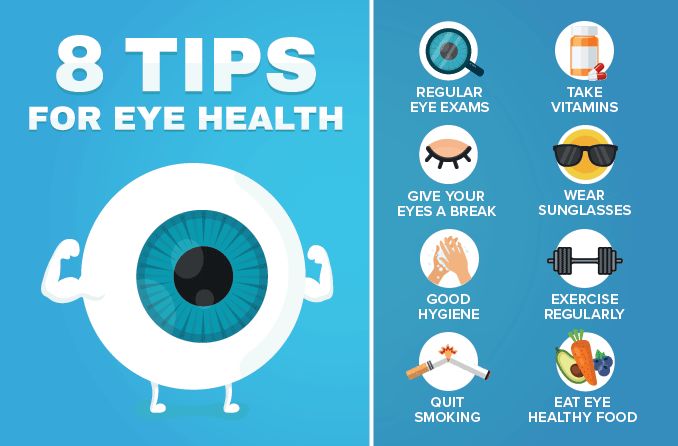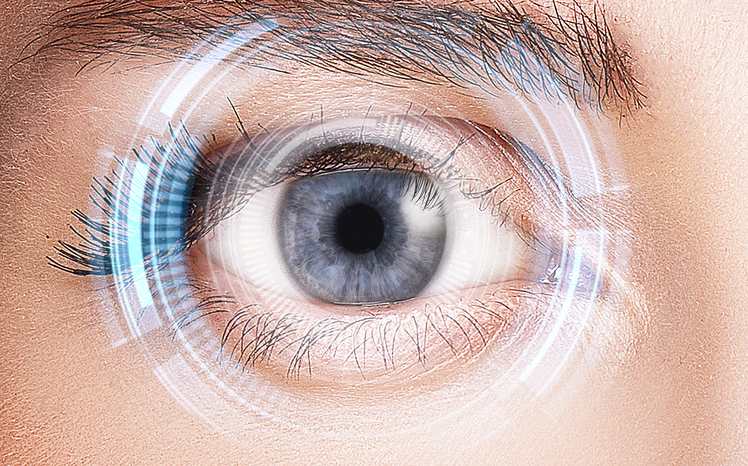Unlocking the Keys of Glaucoma Medical Diagnosis and Treatment for Optimum Eye Wellness
Glaucoma, a group of eye problems that can cause permanent vision loss, affects numerous individuals worldwide. While advancements in the area of ophthalmology have widened our understanding of this complicated disease, much continues to be to be uncovered regarding its detailed diagnosis and therapy. eye center andalusia. By unwinding the complexities of glaucoma monitoring, we can potentially enhance the high quality of care supplied to patients, making sure optimal eye wellness outcomes
Introduction of Glaucoma
Glaucoma, a group of eye conditions that damage the optic nerve, usually leading to vision loss, is a major and possibly sight-threatening condition. There are several types of glaucoma, with main open-angle glaucoma being the most usual type.

Kinds Of Glaucoma
Provided the diverse manifestations and extent of the condition, recognizing the distinctive types of glaucoma is critical for efficient medical diagnosis and management. There are 2 main kinds of glaucoma: open-angle glaucoma and angle-closure glaucoma. Open-angle glaucoma, also referred to as chronic glaucoma, is one of the most usual form and establishes slowly gradually. This kind is characterized by the gradual clogging of the drainage canals in the eye, resulting in boosted intraocular stress and optic nerve damage. On the other hand, angle-closure glaucoma, also described as intense glaucoma, occurs when the iris obstructs the water drainage angle of the eye suddenly, causing a rapid increase in intraocular pressure. This type calls for prompt medical attention to stop vision loss.
Moreover, within these primary groups, there are subtypes such as normal-tension glaucoma, pigmentary glaucoma, and additional glaucomas, each with its unique reasons and risk variables - eye center andalusia. Appropriate recognition of the certain type of glaucoma is crucial for customizing an effective therapy plan to take care of the condition and maintain vision
Diagnostic Strategies
To precisely identify glaucoma and figure out the most ideal training course of therapy, eye doctors use a selection of analysis methods. Furthermore, gonioscopy is used to take a look at the eye's drain angle, helping in determining the type of glaucoma present. By combining these diagnostic devices, eye doctors can precisely identify glaucoma and tailor look at this website treatment plans to maintain people' eye wellness.
Therapy Choices

For more extreme or sophisticated cases of glaucoma, surgical treatments like laser trabeculoplasty or traditional surgical treatment may be necessary to boost liquid drainage. Additionally, minimally intrusive glaucoma surgical treatments (MIGS) have gained appeal as they provide a much less intrusive option with quicker recovery times. It is essential for people with glaucoma to comply with their recommended treatment routine and go to regular follow-up consultations to keep an eye on the effectiveness of the picked treatment strategy and make any essential modifications.
Preventive Actions
Routine surveillance of eye health and wellness and early detection of risk variables play a vital function in applying efficient safety nets against glaucoma. People with a family members history of glaucoma or those over the age of 60 need to particularly focus on regular eye examinations to capture any indicators of the condition early. Additionally, preserving a healthy and balanced lifestyle via routine workout and a balanced diet plan can help in reducing the danger of creating glaucoma.
One more trick description preventive procedure is to avoid prolonged usage of corticosteroid drugs, as these have actually been linked to a boosted risk of glaucoma. Furthermore, safeguarding the eyes from injury by using suitable eyeglasses during risky tasks and staying clear of eye injury can aid prevent the onset of glaucoma.
Education and understanding regarding glaucoma are also important preventive measures. By recognizing the threat aspects, signs, and importance of regular eye tests, individuals can take proactive actions to protect their eye health and detect glaucoma in its very early phases. By integrating these safety nets right into everyday practices, individuals can significantly lower their threat of establishing glaucoma and maintain optimal eye wellness.
Final Thought

There are a number of types of glaucoma, with key open-angle glaucoma being the most typical kind. There are two key types of glaucoma: open-angle glaucoma and angle-closure glaucoma - neurologist andalusia. Open-angle glaucoma, likewise known as chronic glaucoma, is the most usual type and develops slowly over time. On the various other hand, angle-closure glaucoma, likewise referred to as intense glaucoma, occurs when the iris blocks the drainage angle of the eye unexpectedly, causing a fast rise in intraocular pressure. By recognizing the risk aspects, symptoms, and significance of regular eye exams, individuals can take aggressive steps to protect their eye health and find glaucoma in its early stages